
If the models in this discussion are disseminated and used, costs will drop and patients will enjoy an improved quality of life.

If the models in this discussion are disseminated and used, costs will drop and patients will enjoy an improved quality of life.

“Those who fail to learn from the mistakes of their predecessors are destined to repeat them.” This may be the take-home point of the APA 2015 meeting regarding schizophrenia.
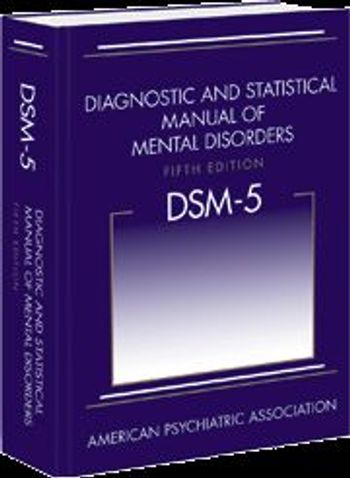
Given that one of the primary goals of making DSM revisions is to improve its clinical utility, establishing a baseline of current usage is critical to inform future proposals. For this and other reasons, the authors provide preliminary results from research focused on determining clinicians’ actual use of DSM.

Structural neuroimaging, functional neuroimaging, and psychometabolomics in the identification of markers for suicidal behavior are discussed in this CME.

What does Dr Lieberman have to say about the state of psychiatry today, as it relates to schizophrenia, major depression, and other psychiatric disorders? More in this video.
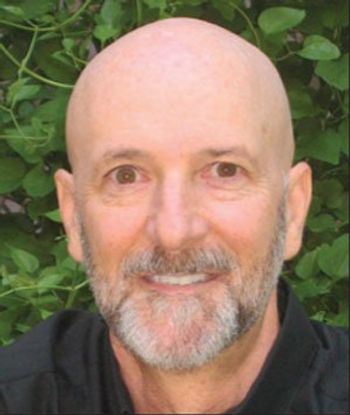
Dawn is at five, but I sleep past nine, not caring if I miss a few warblers flying home for summer...

Progress in identifying and effectively treating first-episode schizophrenia was marked by the simultaneous publication of a report on a 6-year study and on the 10-year follow-up of a large-scale trial.

Twenty five years ago, “hikikomori” was a new term in Japan, used to describe severe and prolonged school refusal in teenagers, sometimes evolving into complete social withdrawal. The shut-in phenomenon has since gone global.
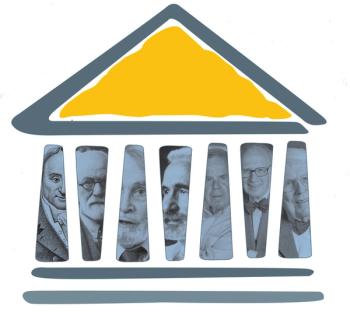
Psychiatrist and researcher Jeffrey Lieberman talks about his book and what he feels are the major issues in psychiatry today.

Why is burnout seemingly rare in coaches but well over 40% in psychiatrists? H. Steven Moffic considers why life coaches have become big business while psychiatrists, stigmatized.

With topics such as antidepressant treatments, brain stimulation, pharmacogenetics, and rapidly acting agents, there is something for everybody wanting to learn the latest on MDD at this year’s APA meeting.

From the treatment of mood and anxiety disorders in pregnant and nursing women to the effects of antidepressants and anti-inflammatory agents on older adults with stress and mood disorders, APA is a great opportunity to learn state-of-the-art information on bipolar disorder.
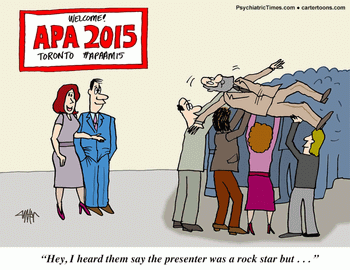
A bit of conference levity as we cover serious issues.

An instructive case that ties in to an APA presentation on "Treatment and Research of Treatment-Resistant Depression and Bipolar Disorder."

Here is just a sample of the many great presentations on schizophrenia at this year’s meeting.
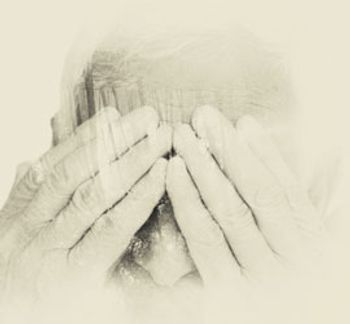
The patient did not just scream for more medication-he literally rolled on the floor, ranting and raving and demanding higher doses. Some may write him off as an "addict," but this case reaffirms the value of studying medicine before practicing psychiatry or psychopharmacology.

In order for older patients to derive greater enjoyment from their later years, clinicians must take special care during evaluation, treatment, and follow up when working with this growing population.

In the spirit of Freud’s recommendation to free associate in psychoanalysis, perhaps we can be inspired to do whatever we can for freedom, human dignity, and the future of children.

Like the body’s inevitable arrival at homeostasis, a bereaved person's mind settles-eventually. A peer-to-peer conversation from someone who has been there.

The articles in this Special Report provide a broad, cross-cutting perspective on the current state of addiction psychiatry, insofar as it may pertain to your own clinical practice.
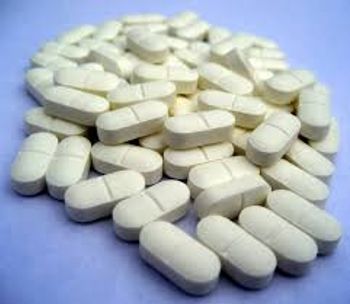
While opioid dependence is among the most severe and lethal of addictions, it also has the most effective medication treatments. The authors provide 2 case vignettes and a step-by-step process for clinical decision making.
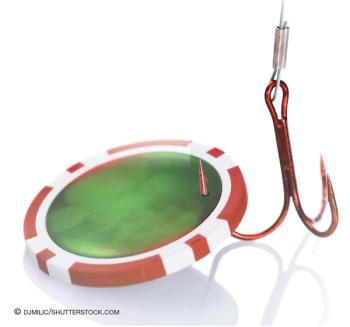
The loss of control over urges and behaviors may be the central component of gambling disorders, but there is so much more to consider. Individuals with these problems have exponentially higher rates of suicide attempts and completions.

A review of the pharmacological and symptomatic effects of various classes of designer drugs, including stimulants, hallucinogens, and sedatives.
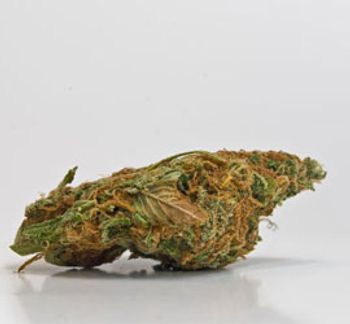
Current trends are toward relaxing laws on cannabis, but no one knows the likely outcome. Will legalization mean an increase in consumption? Psychiatrists will be on the front lines if and when problems arise.
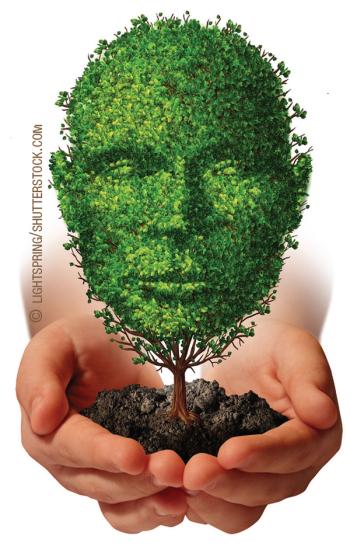
A discussion of treatment options to help foster the most effective psychosocial treatment for addiction.

Many people like to spend at least part of their free time playing video games. However, for some, what starts as innocent recreation becomes an addiction and, at times, tragedy ensues.

The authors provide information about the human-animal bond that may provide a starting point for understanding the development of animal-hoarding disorder.
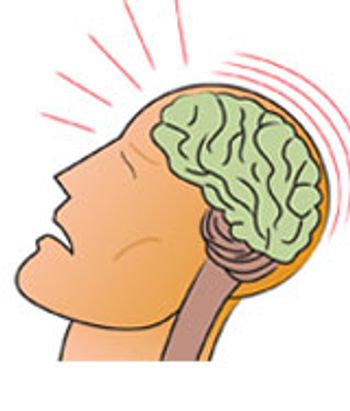
Is it possible to add creative twists to proven therapeutic techniques in order to encourage reluctant patients to try safe and effective treatments that we believe can benefit them? After reading the case, tell us what you think.

Watchman Nee’s suggestion of a potential link between spirituality and mental health is no longer foreign to the field of psychiatry. Recent studies indicate that spiritual beliefs may have a positive effect on mental health.
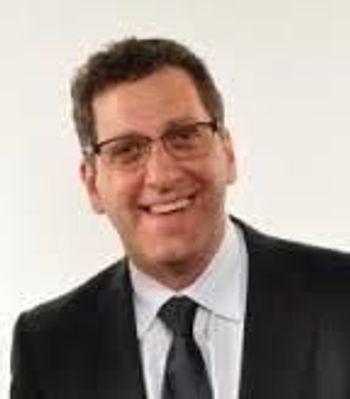
In the last 5 years, there has been an absolutely profound transformation in the ability to identify genes that contribute to autism and schizophrenia.